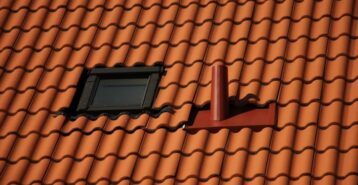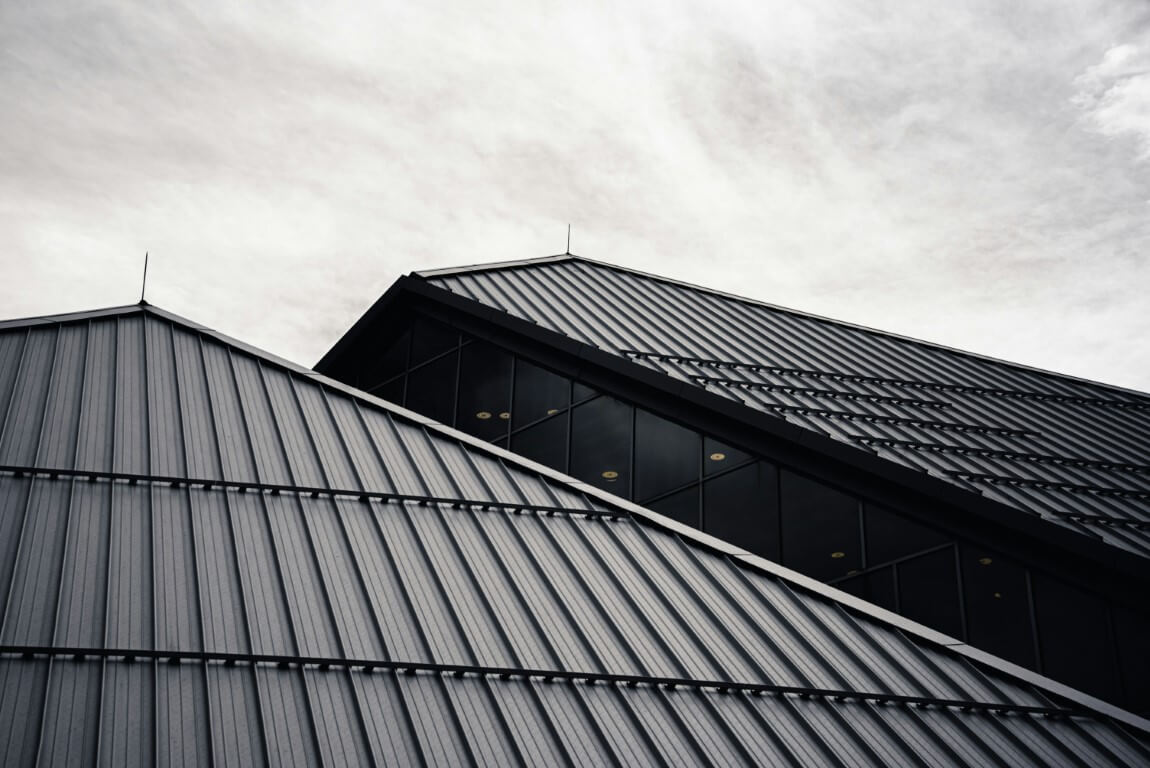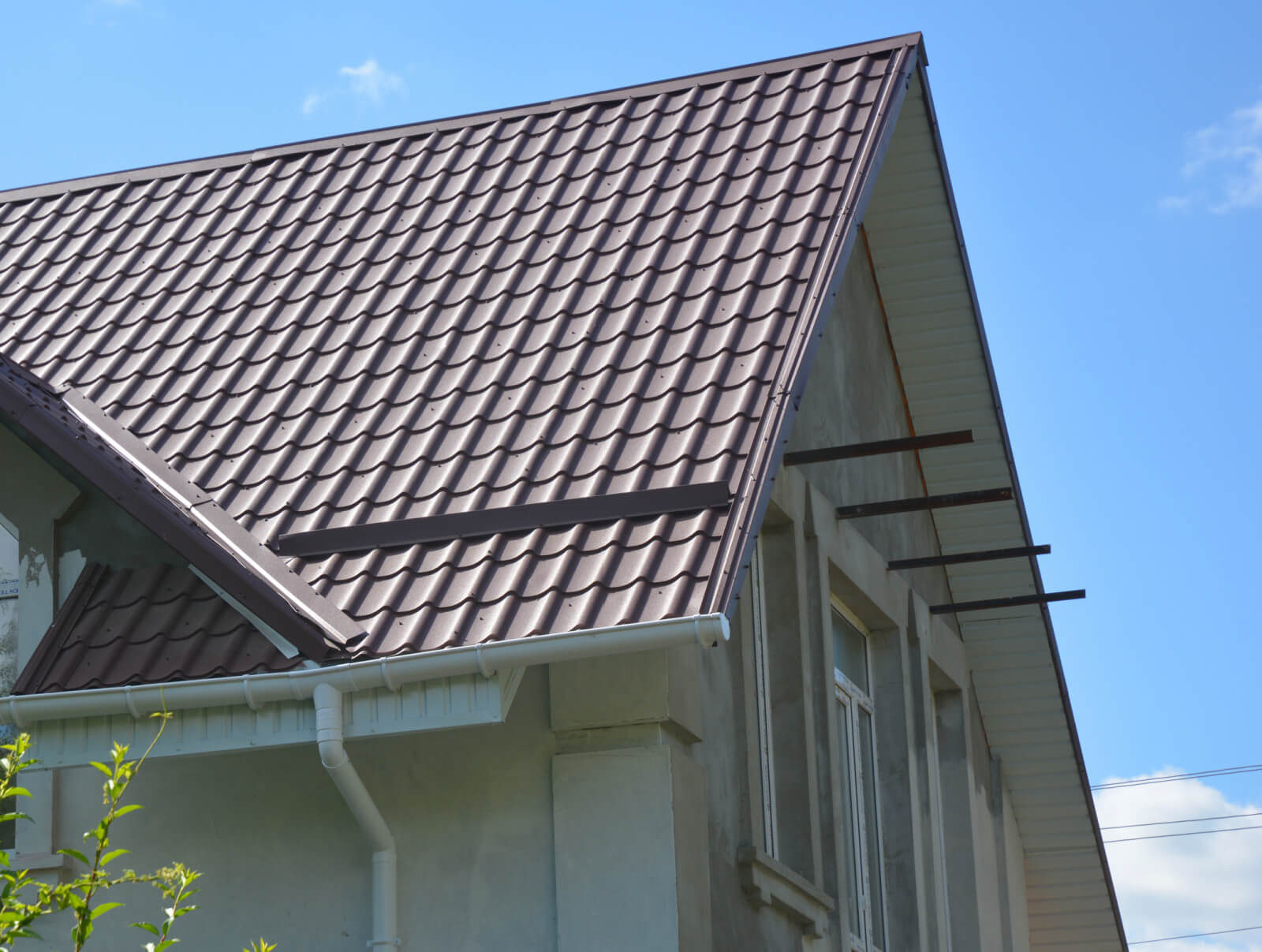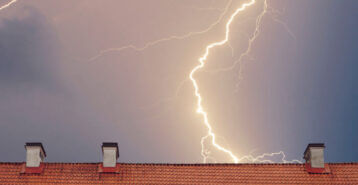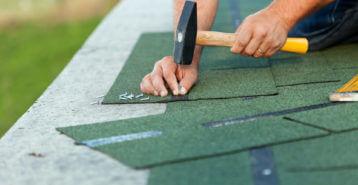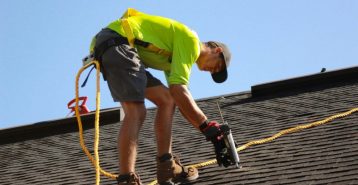What Is a Corrugated Metal Roof?
Corrugated metal roofing consists of rolled metal sheets with repeating ridges or waves. These ridges make the roofing strong and durable, which is ideal for homes in areas with harsh weather. Most panels are made from steel or aluminum and have protective coatings, like galvanized or galvalume finishes, to prevent rust and corrosion. People often choose corrugated roofing for its durability, ease of installation, and classic appearance.
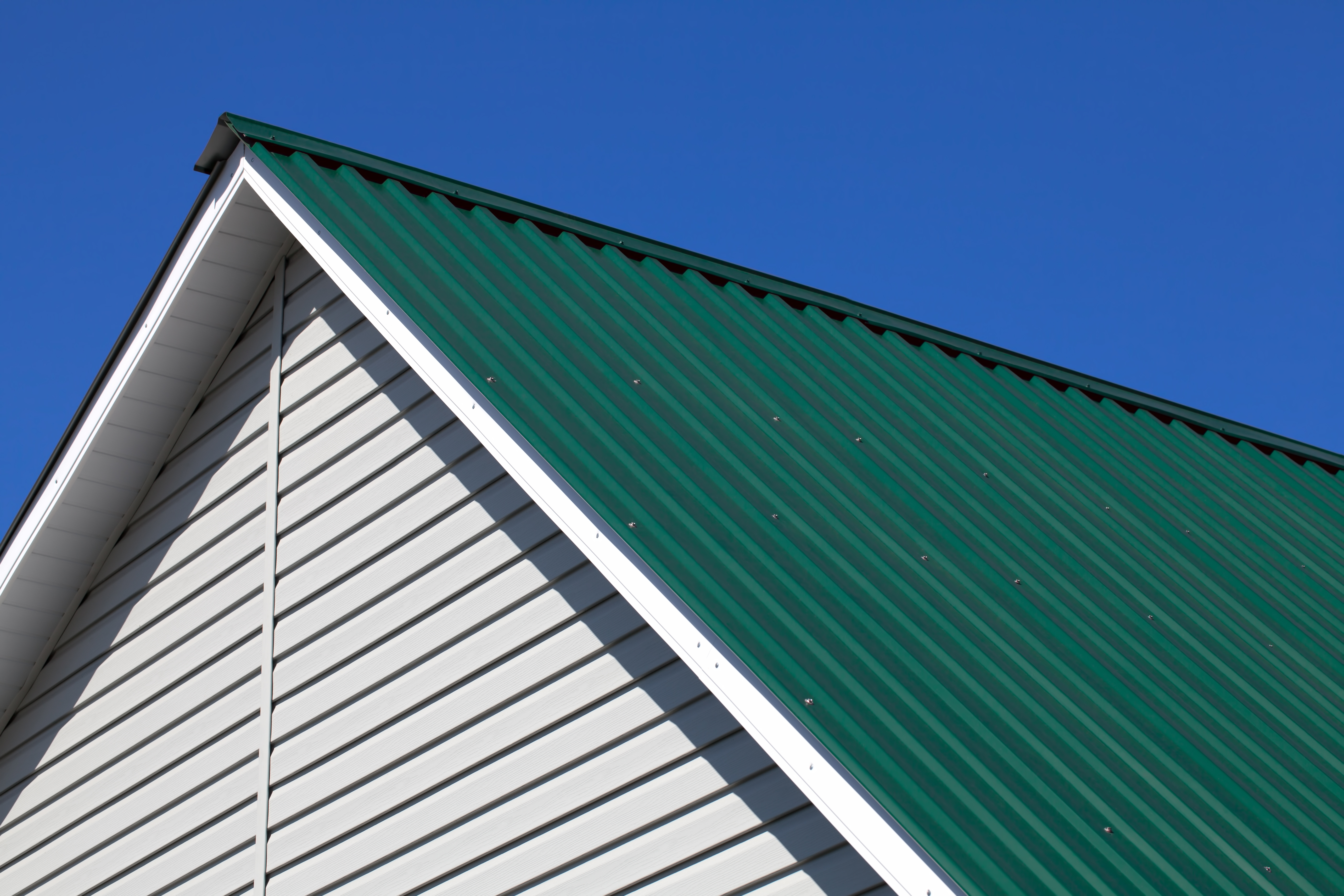
Average Cost of Corrugated Metal Roofs
Corrugated metal roofing typically costs between $4 and $14 per square foot installed. That means for a 2,000-square-foot roof, homeowners can expect to pay between $8,000 and $28,000, depending on the material, style, labor rates, and regional pricing differences.
Higher-end materials and complex roof designs may push costs to the upper range, while simpler installations using regular steel may fall closer to the low end.
Corrugated Metal Roof Cost by Roof Size
The total cost of your metal roofing project will depend on your roof’s square footage. Below is a general breakdown based on standard roof sizes:
| Roof Size (sq. ft.) | Average Installation Cost |
|---|---|
| 1,000 | $4,000 to $14,000 |
| 1,500 | $6,000 to $21,000 |
| 2,000 | $8,000 to $28,000 |
| 2,500 | $10,000 to $35,000 |
| 3,000 | $12,000 to $42,000 |
This chart gives a rough estimate, but keep in mind that your final price will depend on your roof’s slope, pitch, and your contractor’s labor rates. Our Roof Installation Cost Calculator can give you a better idea of what you may need to pay.
Benefits and Drawbacks of Corrugated Metal Roofing
As with anything, corrugated metal roofs come with their fair share of pros and cons:
Pros
Cons
Corrugated Roofing Materials & Costs
Most corrugated metal roofs are made from aluminum or steel. Copper is also available — it’s a premium option known for its beauty and longevity, but it comes with a higher price tag.
| Material | Cost per Sq. Ft. | Benefits | Drawbacks | Durability |
|---|---|---|---|---|
| Aluminum | $7 to $14 | Lightweight, corrosion-resistant, easy to install | Not as strong as steel | 40 to 50 years |
| Steel (Regular) | $4 to $10 | Durable, affordable, widely available | Can rust if not properly coated | 40 to 60 years |
| Steel - Galvalume | $10 to $14 | Excellent corrosion resistance, sleek finish | Slightly more expensive | 50+ years |
| Steel - Galvanized | $10 to $14 | Rust-resistant, budget-friendly | Can dull over time | 40 to 60 years |
| Copper | $20 to $35+ | Stunning appearance, never rusts, ages with patina | Very expensive | 70+ years |
Corrugated Aluminum Roofing
Aluminum panels are lightweight, resistant to corrosion, and easy to install. They’re ideal for coastal or humid climates and come in a wide variety of colors. However, aluminum is softer than steel and can dent more easily. Expect to pay between $7 and $14 per square foot installed.
Corrugated Steel Roofing
Steel is a durable, corrosion-resistant option for corrugated metal roofing. It offers a sleek, modern look and holds up well in harsh climates. Corrugated steel metal roofing typically costs between $4 and $10 per square foot to install and can last 60 years or more.
Galvalume
Galvalume roofing panels are made from steel coated with aluminum and zinc. This combination offers excellent rust and corrosion resistance, even in areas with high humidity or salty air. The aluminum component protects the metal from rust, while the zinc provides added durability. These panels typically cost $10 to $14 per square foot installed.
Galvanized
Galvanized steel roofing is coated in a layer of pure zinc, which forms a protective barrier against moisture and rust. This type of roofing has been used for decades and is known for its strength and reliability. Over time, the shiny finish may fade, but the roof will continue to perform well with proper maintenance. Expect to pay around $10 to $14 per square foot installed.
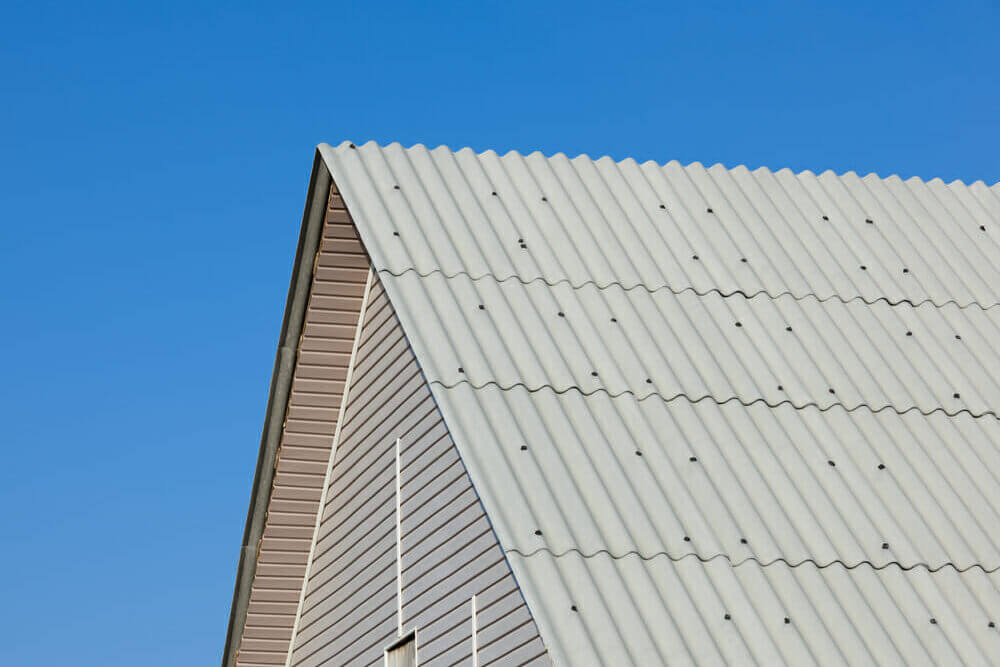
Corrugated Roof Types
Corrugated panels come in different ridge heights, which affect performance, appearance, and cost.
- 7/8-inch panels — The most common type. These are thicker and sturdier, making them great for homes in high-wind or heavy snow areas. Slightly more expensive but offer top performance.
- ½-inch panels — These are lighter and easier to install but offer slightly less structural support.
- ¼-inch panels — Best used for small structures like sheds or interior decor. These are the least expensive but aren’t ideal for full residential roofs.
The larger the ridge height, the stronger and more weather-resistant the panel.
Corrugated vs. Other Metal Roofing Types
Corrugated roofs are not the only metal roofing option:
Corrugated vs. Standing Seam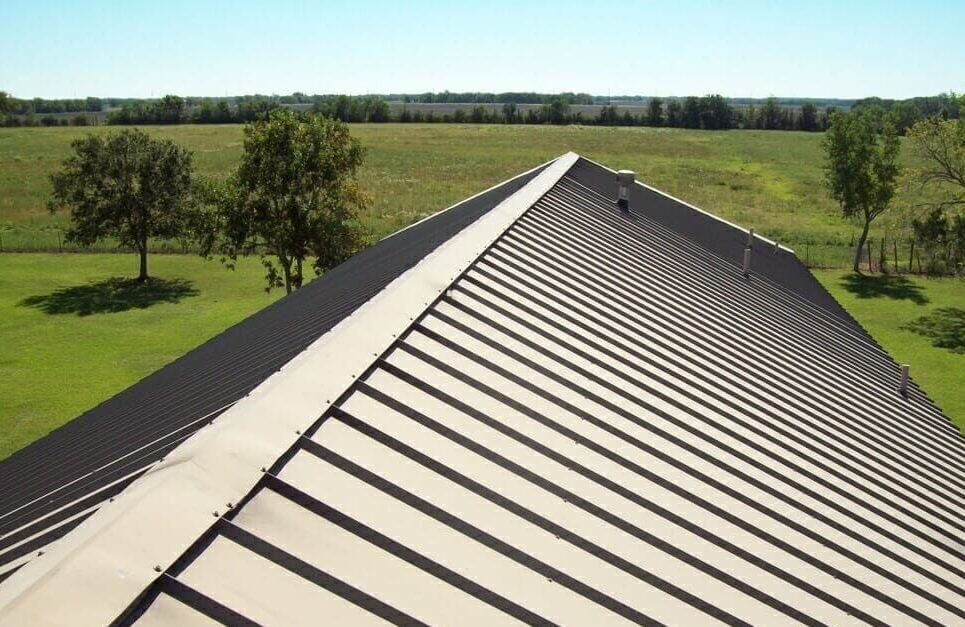
Standing seam roofing uses vertical panels with concealed fasteners, giving it a clean, modern look. It’s highly watertight and performs well in harsh weather. However, it’s more expensive and harder to install.
Corrugated panels use exposed fasteners and are easier to install, but may require more upkeep.
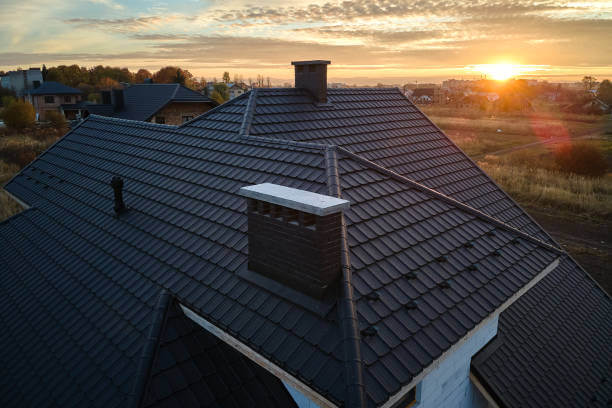 Corrugated vs. Metal Shingles
Corrugated vs. Metal Shingles
Metal shingles come in individual tiles that mimic the look of traditional roofing materials like slate or asphalt. They offer style and strength but are pricier and take longer to install.
Corrugated panels are more cost-effective and ideal for covering large areas quickly.
Corrugated Roofing Maintenance
Maintaining your corrugated metal roof is simple. Wash the surface with soap and water using a hose or pressure washer. Avoid abrasive brushes that can damage the coating.
Over time, the roof may need recoating with a polymer sealant to protect it from rust and extend its life.
DIY vs. Professional Installation
Installing a corrugated roof yourself might sound tempting, but it’s not recommended. These panels can be large, heavy, and tricky to align correctly. Mistakes can lead to leaks and long-term issues.
However, DIY maintenance — like cleaning or recoating — is usually fine if you’re careful and follow safety precautions.
Hiring a Roofing Contractor
Hiring a professional roofing contractor ensures your roof is installed properly and safely. They’ll understand how to place fasteners correctly, manage panel overlaps, and follow all local building codes.
To find a qualified pro in your area, get multiple estimates and check for licenses, insurance, and reviews. We can connect you with up to four contractors in your area. This way, you can get quotes and compare them to find the best option.
FAQ: Corrugated Metal Roofing
What is the disadvantage of corrugated roof sheeting?
The main disadvantages of corrugated roof sheeting include noise during rain or hail, susceptibility to denting, and limited curb appeal for some home styles. While durable, corrugated panels — especially aluminum — can dent from debris or foot traffic, and the classic wavy look may not meet HOA guidelines or suit modern aesthetics.
What is the difference between galvanized and corrugated?
“Galvanized” refers to the zinc coating applied to steel to prevent rust and corrosion, while “corrugated” describes the wavy or ridged shape of the roofing panel. In other words, galvanized steel can be used to make corrugated panels, but not all corrugated roofing is galvanized; it may also be made from aluminum, galvalume, or other metals.
What goes under corrugated roofing?
Under corrugated roofing, you typically need roof decking, a waterproof underlayment, and sometimes sound-dampening insulation. The underlayment protects your home from moisture, while insulation can reduce noise from rain and improve energy efficiency.
What size do corrugated roof panels come in?
Corrugated roof panels usually come in standard widths of 26 to 36 inches and lengths ranging from 8 to 12 feet, though custom sizes are available. The most common panel type is 7/8-inch corrugated, which refers to the height of the ridges. Panel size can vary depending on the manufacturer and intended use.
How long does corrugated roofing last?
With proper maintenance, corrugated metal roofing can last 40 to 60 years or more. Steel panels with galvanized or galvalume coatings tend to last longer than aluminum and are more resistant to corrosion, especially in tough climates. Regular cleaning and resealing help maximize lifespan.
Compare top-rated roofing pros in your area.
Read real homeowner reviews, explore qualifications, and view promotions. Modernize makes it easy to browse professionals and find one that will be perfect for your project.






